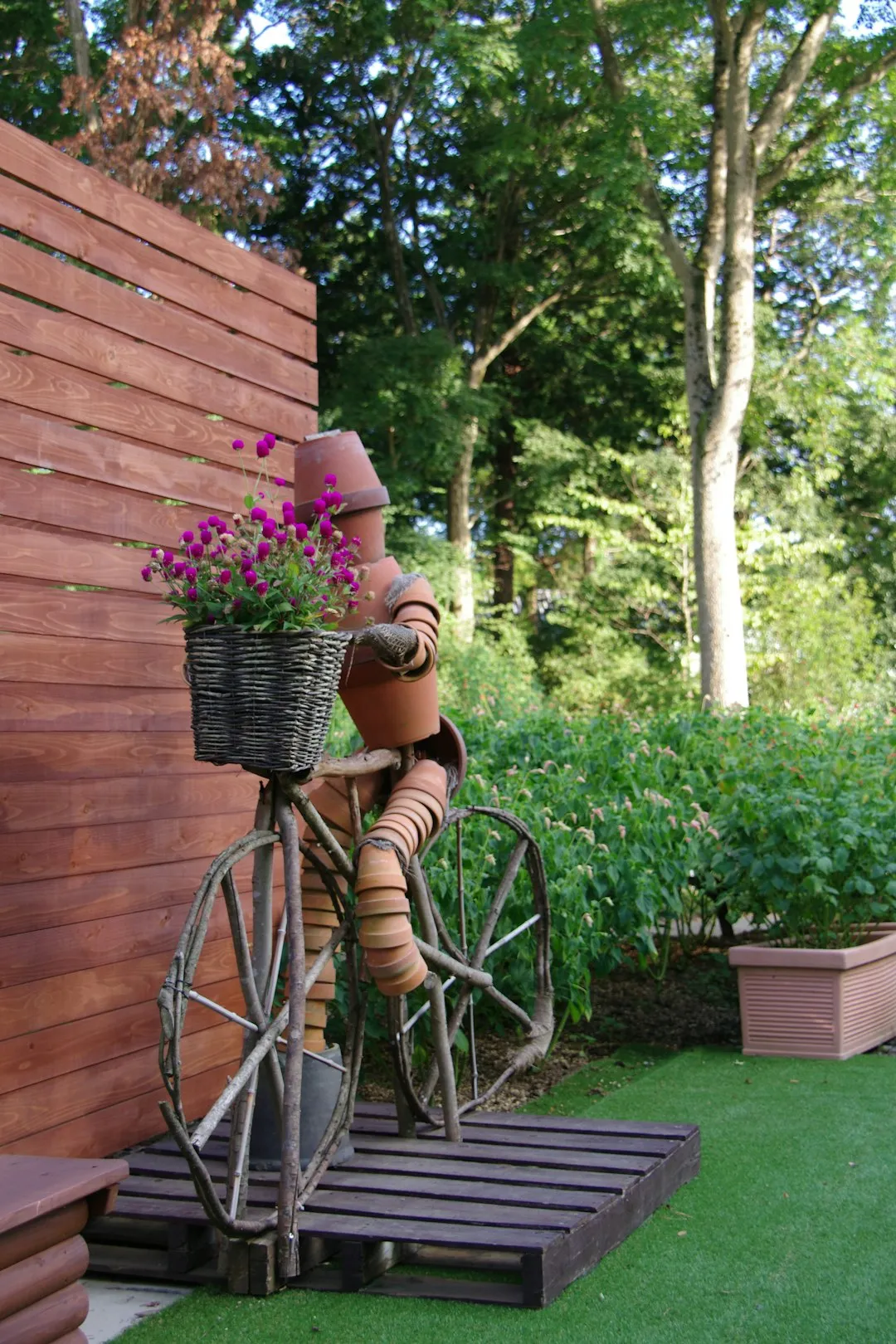Securing Your Yard Against Frost: A Gardener's Guide

When it comes to gardening, one of the most crucial factors that can significantly impact the health and vitality of your plants is the first frost. Knowing when to expect that average first frost date can help minimize the damage the chill can do to your plants. This knowledge is not just a piece of trivia for gardeners; it is a fundamental aspect of successful yard care.
The first frost date varies depending on your geographical location. Different regions have distinct climates, and these climates play a pivotal role in determining when the first frost will occur. For instance, areas closer to the poles or at higher altitudes generally experience earlier first frosts compared to those near the equator or at lower elevations. To accurately determine the average first frost date for your area, you can consult local agricultural extension services, gardening clubs, or online resources that specialize in climate data for specific regions.
Once you have a clear idea of when the first frost is likely to hit, you can start preparing your yard and plants accordingly. One of the first steps is to assess the vulnerability of your plants. Some plants are more frost - sensitive than others. Delicate annuals, such as petunias and impatiens, are highly susceptible to frost damage. On the other hand, certain perennials and shrubs have a higher tolerance for cold temperatures. By identifying which plants in your garden are at risk, you can prioritize your protection efforts.
There are several strategies you can employ to protect your plants from the cold. One simple yet effective method is to cover your plants. You can use blankets, burlap, or specialized frost cloths. These covers act as insulators, trapping the heat radiating from the ground and protecting the plants from the freezing air. When covering your plants, make sure to secure the covers firmly to the ground to prevent cold air from seeping in. It's also important to remove the covers during the day if the sun is shining, as this allows the plants to receive sunlight and proper ventilation.
Another approach is to water your plants before a frost. Moist soil retains heat better than dry soil. By watering your plants in the late afternoon before an expected frost, you can help keep the soil around the roots warmer. However, be careful not to over - water, as waterlogged soil can also cause problems for the plants.
In addition to protecting individual plants, you can also make some adjustments to your overall yard layout to mitigate the effects of frost. For example, you can create windbreaks. Wind can exacerbate the cold effect of frost, so planting shrubs or installing fences strategically can help reduce the wind speed in your yard. This can create a more sheltered environment for your plants.
Furthermore, you can consider using mulch. A layer of mulch around the base of your plants can help insulate the soil and protect the roots from freezing. Organic mulches, such as shredded leaves or bark chips, are excellent choices as they also add nutrients to the soil as they decompose.
It's also important to keep an eye on the weather forecast regularly. Modern weather forecasting technology has made it easier than ever to stay informed about upcoming cold snaps. By being vigilant and proactive, you can take the necessary steps to protect your yard and plants in a timely manner.
Proper yard care during the frost season is not just about protecting your plants from immediate damage. It also has long - term implications for the health and productivity of your garden. Frost - damaged plants are more susceptible to diseases and pests, which can spread throughout your yard and cause significant problems. By minimizing frost damage, you can ensure that your plants remain healthy and continue to thrive in the following growing seasons.
In conclusion, understanding the average first frost date for your area and taking appropriate measures to protect your yard and plants is an essential part of successful gardening. Whether you are a novice gardener or an experienced horticulturist, implementing these strategies can make a significant difference in the outcome of your gardening efforts. So, take the time to research, plan, and prepare, and your yard will thank you with beautiful, healthy plants year after year.